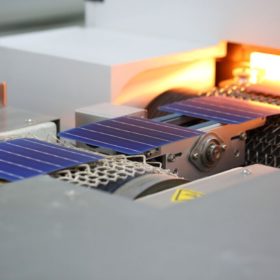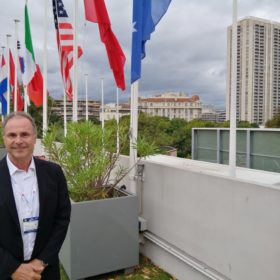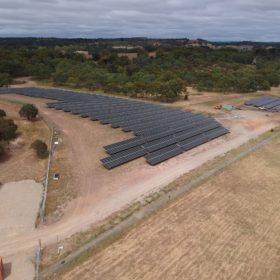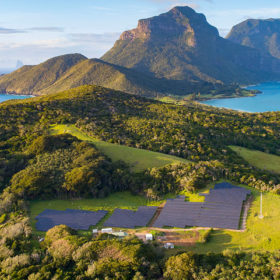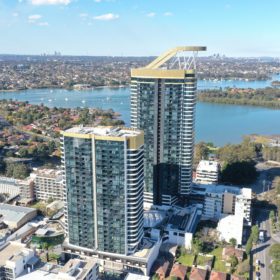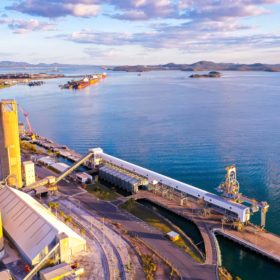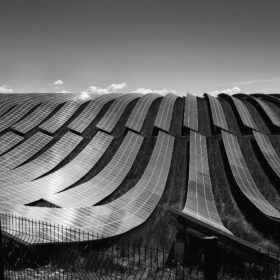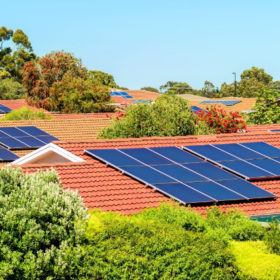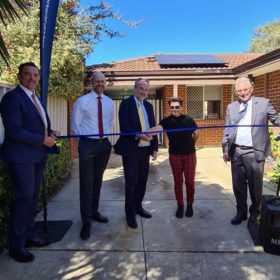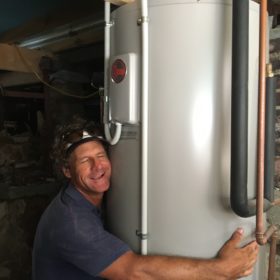Exclusive: Compelling UNSW research shows tandem cells should succeed PERC for multi-terawatt production
The urgent global need for tens of terawatts of solar capacity to replace fossil fuels by 2050 signals it’s time to hone in on developing the most sustainable technologies — before reserves of silver, indium and bismuth dry up.
Pierre Verlinden cautions it’s Hi-ho Silver no more as PV approaches multi-terawatt production
Solar cell production could consume every ounce of the world’s known silver reserves within a few years. One industry guru and his UNSW colleagues have set out the case for carefully considering what happens next.
Solar energy on tap for SA water
Power and water are a classic utility couple. SA Water has switched up the relationship with another solar plant energised in its massive solar rollout that is set to save on both costs and carbon.
Solar microgrid adds green cred to Lord Howe’s already lush paradise
Until this year, Lord Howe Island was totally reliant on diesel generation for its electricity. A solar powered hybrid microgrid, integrated into the island’s supply since April, has now been declared a resounding success.
Let there be sunlight … in the public parks of high-density communities!
As councils in suburban areas seek to maximise access to services and amenity by planning for higher-density living, outdoor spaces soaked in sunlight and rich with plant life are at risk. In two world firsts, Heliosystems has used concentrated solar power, a cousin of PV, to cast warming, mood-lifting light where the sun would otherwise not shine.
Moah and Moah hybrid energy projects from Energy Estate
A couple of years ago Central Queensland, at the heart of coal country and the nexus of manufacturing opportunity, became a beacon to energy advisory firm Energy Estate and international renewables developer RES. Moah Creek Renewable Energy Project, the first stage of their gigawatt-scale firmed renewable energy project is about to be introduced to the community.
Large-scale renewable investment may be trending up; rooftop PV surges on!
The Clean Energy Regulator has issued its second Quarterly Carbon Market Report for the year. Despite Covid and justified investor caution on big renewable projects, indicators from small- and large-scale energy certificate accounting show steady growth.
Let South Australia’s world-leading flexible solar exports trial begin!
Since July last year, SA Power Networks has been refining the technology and stakeholder engagement mechanisms that will enable dynamic solar exports to the grid, potentially ending an era of severe export limits on new customers in rooftop-solar-rich parts of the South Australian network and in other jurisdictions.
Low-income tenants get relief in Australia’s big public-housing solar retrofit — latest evidence from WA
For a small infrastructure investment in rooftop solar systems, state governments can make a material difference to the lives of social housing tenants, and further their net-zero ambitions. Western Australia reports another win-win.
UNSW study: channelling rooftop PV into water heating is a residential super saver
Put solar in your hot water tank! Off-peak electricity rates are fast becoming an unhelpful price signal for rooftop solar owners, who benefit by self consuming their excess solar ahead of drawing electricity from the grid at any time of day.

